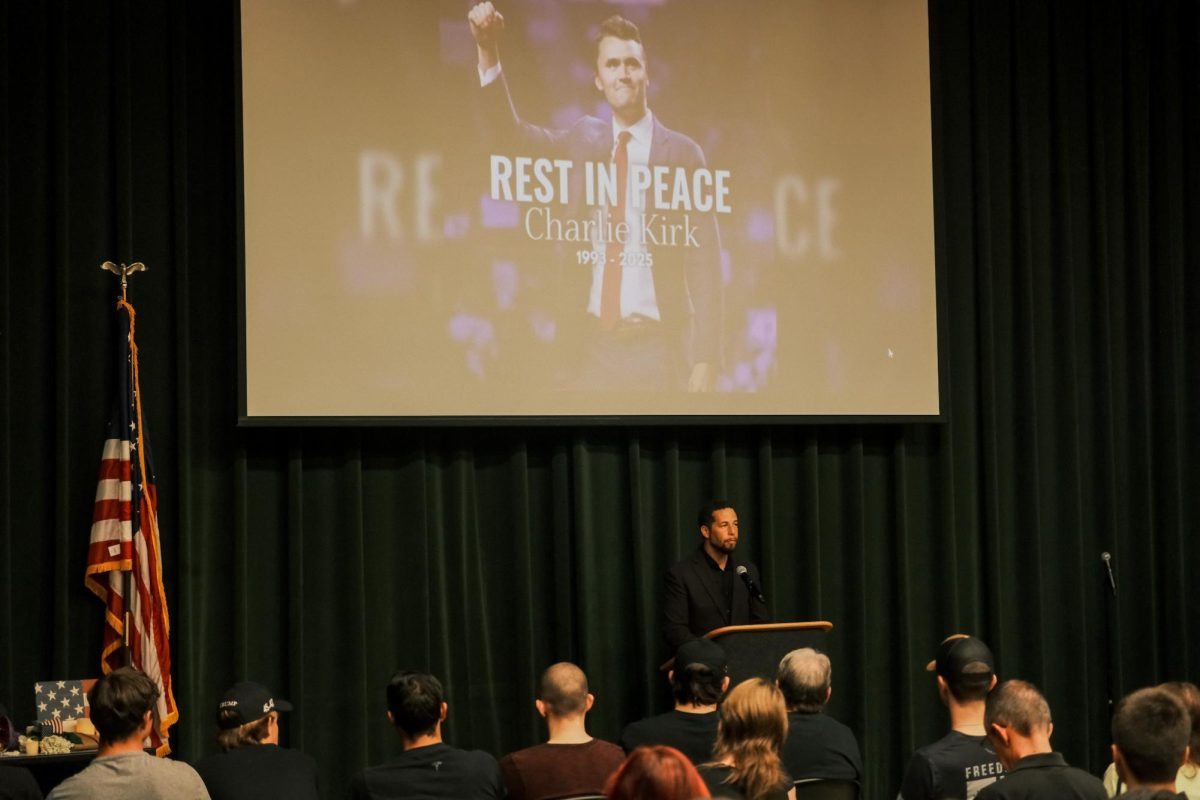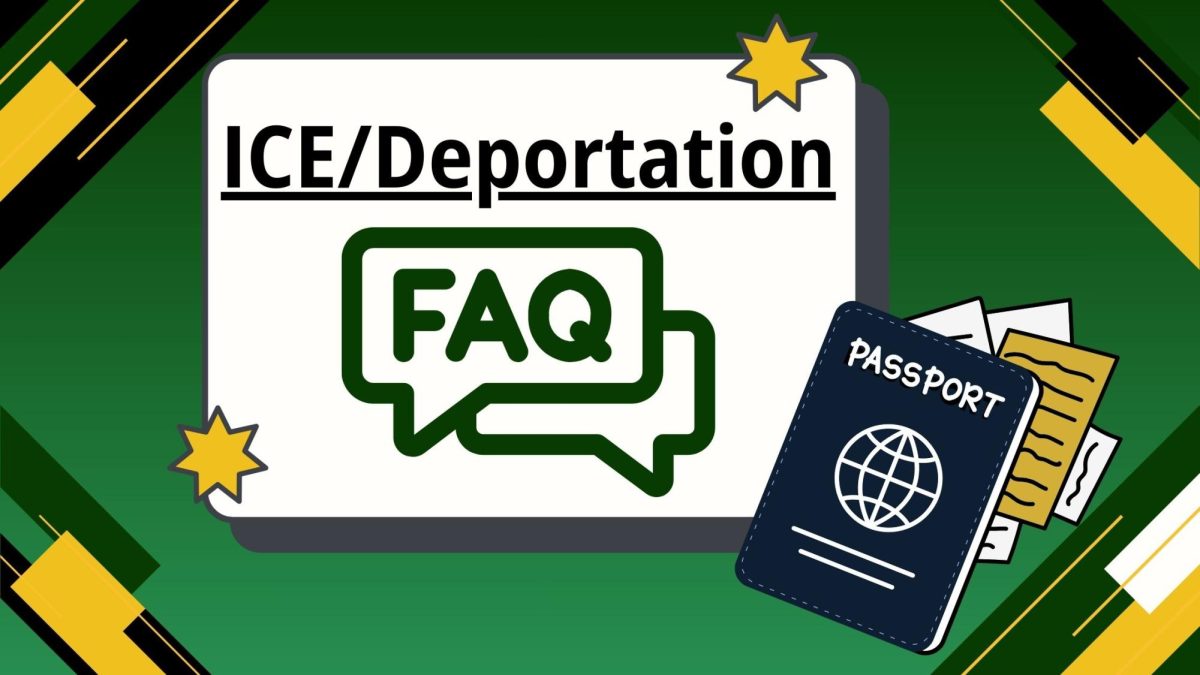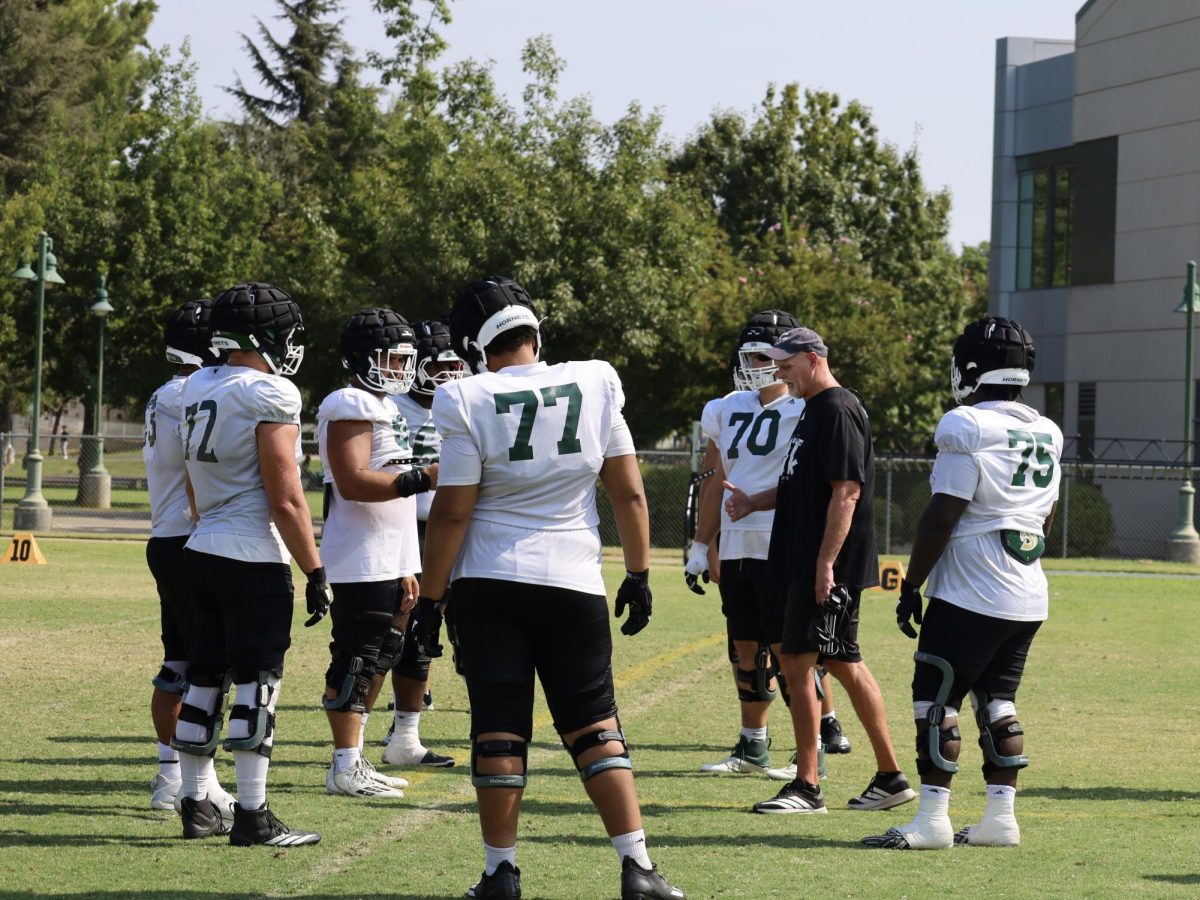Death tolls reaches more than 22,000 across Asia after quake, tsunami
December 27, 2004
COLOMBO, Sri Lanka – Rescuers piled up bodies along southern Asian coastlines devastated by tidal waves that obliterated seaside towns and killed more than 22,000 people in nine countries, and officials indicated Monday the death toll could climb far higher.
Hundreds of children were buried in mass graves in India, and morgues and hospitals struggled to cope with the catastrophe. Somalia, some 3,000 miles away, reported hundreds of deaths.
The death toll rose sharply a day after the magnitude 9 quake struck deep beneath the Indian Ocean off the coast of Indonesia. It was the most powerful earthquake in the world in four decades.
Government and aid officials suggested the death toll could increase significantly, citing unconfirmed reports of thousands more deaths on the Indonesian island of Sumatra and on India’s Andaman and Nikobar islands.
Walls of water sped away from the quake’s epicenter at more than 500 mph before crashing into the region’s shorelines, sweeping people and fishing villages out to sea. Millions were displaced from their homes and thousands remained missing Monday.
The governments of Indonesia and Thailand conceded that public warnings came too late or not at all. But officials insisted they could not know the seriousness of the threat because no tsunami warning system exists for the Indian Ocean.
The international Red Cross said it was concerned about waterborne diseases like malaria and cholera.
Rescuers converged on beaches and islands throughout the region to search for survivors, and offers of aid poured in from around the globe, as troops in the region struggled to deliver urgently needed aid to afflicted areas. Pakistan, India’s nuclear-armed rival, offered relief and rescue assistance.
Sri Lanka said more than 10,000 people were killed along its coastlines, and Tamil rebels said 2,000 people died in its territory, raising that country’s toll to more than 12,000.
Indonesia reported about 5,000 deaths and India 4,000. Thailand – a Western tourist hotspot – said hundreds of people were dead and thousands more were missing. Deaths also were reported in Malaysia, Maldives, Myanmar, Bangladesh and Somalia.
Additionally, Indonesian Vice President Jusuf Kalla said the death toll on the island of Sumatra – closest to the epicenter – could climb to 10,000 people.
On the remote Car Nicobar island 150 miles northwest of Sumatra, Police Chief S.B. Deol told New Delhi Television he had reports that another 3,000 people may have died. If confirmed, that would raise India’s death toll to 6,000 and the overall number to 23,900.
“The Andaman and Nicobar islands have been really badly hit,” said Hakan Sandbladh, senior health officer at the Geneva headquarters of the International Federation of Red Cross and Red Crescent Societies, noting that unconfirmed reports put the death toll at 13,000 on the islands.
A Somali presidential spokesman said hundreds of people died and entire villages disappeared on the African country’s coastline. Yusuf Ismail said he could not yet give an exact death toll.
Chaos erupted at the airport in Phuket, Thailand, as hundreds of tourists, many wounded and weeping, tried to board planes for Bangkok.
In Bandah Aceh, Indonesia, 150 miles from the quake’s epicenter, dozens of bloated bodies littered the streets as soldiers and desperate relatives searched for survivors. Some 500 bodies collected by emergency workers lay under plastic tents, rotting in the tropical heat.
“We have ordered 15,000 troops into the field to search for survivors,” Indonesian military spokesman Edy Sulistiadi said. “They are mostly retrieving corpses.”
Refugees in nearby Lhokseumawe, many of whom had spent the night sleeping outside on open ground, complained that little or no aid had reached them. The city’s hospital said it was running out of medicine.
The Indian state of Tamil Nadu reported thousands of deaths. Chief Minister Jayaram Jayalalithaa called the scene “an extraordinary calamity of such colossal proportions that the damage has been unprecedented.”
Nearby beaches resembled open-air mortuaries as fishermen’s bodies washed ashore, and retreating waters left behind others killed inland. In Cuddalore, red-eyed parents buried more than 150 children laid in a mass grave that a bulldozer filled with sodden earth.
The tsunamis came without warning. Witnesses said sea waters at first retreated far out into the ocean, only to return at a vicious pace. Some regions reported a crashing wall of water 20 feet high.
“The water went back, back, back, so far away, and everyone wondered what it was – a full moon or what? Then we saw the wave come, and we ran,” said Katri Seppanen, who was in Thailand, on Phuket island’s popular Patong beach.
Sri Lanka and Indonesia said at least 1 million people were driven from their homes in each country. Warships in Thailand steamed to remote tropical island resorts to search for survivors as air force helicopters in Sri Lanka and India rushed food and medicine to stricken areas.
In Indonesia, villagers near northern Lhokseumawe picked through the debris of their ruined houses amid the smell of decomposing bodies.
One man, Rajali, said his wife and two children were killed and he could not find dry ground to bury them. Islamic tradition demands that the deceased be buried as soon as possible.
“What shall I do?” said the 55-year-old man, who, like many Indonesians, goes by a single name. “I don’t know where to bury my wife and children.”
Dozens of bodies still clad in swimming trunks lined beaches in Thailand.
In Sri Lanka – an island nation some 1,000 miles west of the epicenter – about 25,000 troops were deployed to crack down on sporadic, small-scale looting and to help in rescue efforts. About 200 inmates took advantage of the chaos, escaping from a prison in coastal Matara.
The U.S. Geological Survey said the quake’s magnitude was 9.0 – the strongest since a 9.2-magnitude temblor in Alaska in 1964 and the fourth-largest in a century.
The quake occurred more than 6 miles deep and was followed by a half-dozen powerful aftershocks. A 620-mile section of a geological plate shifted, triggering tsunamis.
Countries around the world were touched. Italy reported 11 of its citizens had died; Norway 10; Japan 9; Britain and Germany four; the United States and Denmark three; Australia, France, Sweden and Belgium two; and New Zealand one.
Those numbers likely would rise. Sri Lanka said 72 foreign tourists were killed there, and Thailand said 35 of the dead were foreigners.
President Bush expressed his condolences over the “terrible loss of life and suffering.” From the Vatican, Pope John Paul II led appeals for aid for victims.
Aid agencies and governments around the world began pouring relief supplies into the region Monday. Japan, China, Russia and Israel were among the countries sending teams of experts.
Jasmine Whitbread, international director of the aid group Oxfam, warned that without swift action, more people could die.
“The flood waters will have contaminated drinking water and food will be scarce,” she said.
Yvette Stevens, an emergency relief coordinator for the United Nations, said the widespread nature of the damage made it challenging for relief agencies to respond.
“This is unprecedented,” she said. “We have not had this before.”
The United Nations said it was concentrating its aid on the countries least likely to be able to help themselves, such as Sri Lanka and Maldives.
In Thailand, Gen. Chaisit Shinawatra, the army chief, said the United States has offered to send troops stationed on Japan’s Okinawa island. Thailand was considering the offer.
Tsunamis as large as Sunday’s happen only a few times a century. An international tsunami warning system was started in 1965, after the Alaska quake, to advise coastal communities of a potentially killer wave.
Member states include the major Pacific rim nations in North America, Asia and South America. But because tsunamis are rare in the Indian Ocean, no system exists there. Scientists said deaths would have been reduced if one had.






























































































































